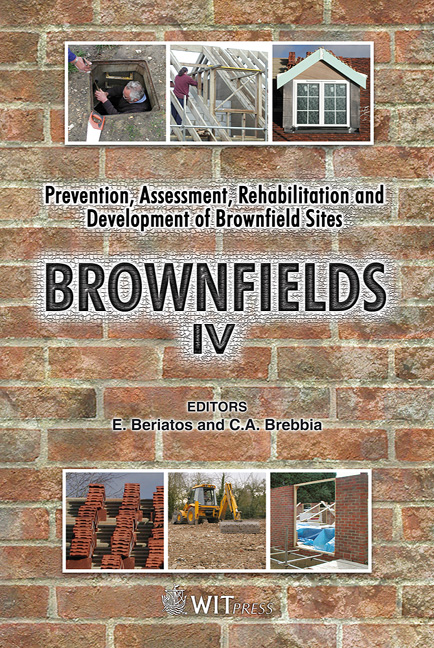Japanese Knotweed: Impact On Brownfield Development And Discussion On Newly Implemented Innovative Solutions
Price
Free (open access)
Transaction
Volume
107
Pages
11
Page Range
65 - 75
Published
2008
Size
307 kb
Paper DOI
10.2495/BF080071
Copyright
WIT Press
Author(s)
P. Mantzou
Abstract
Japanese knotweed (Polygonum cuspidatum) has become an important environmental issue prior to the development of a brownfield site. An invasive plant, it has the ability to spread once fragments are dispersed by natural means and human activity affecting the ecosystem and animal habitat as well as proposed costs and time-scales of any future development. Knotweed is a particular problem in the British Isles, having been introduced as a non-native species from Asia and is likely to spread further throughout Europe and beyond due to its nature of adjusting to different soil types and climates. The legal and financial implications in the UK are explored, as well as roles and responsibilities arising from knotweed presence. The methodologies used once knotweed has been identified are discussed and the liaison with relevant British government authorities and agencies clarified; efforts for the secure and applicable management of the knotweed are also discussed. The liabilities to the landowner or developer for treatment, including the role of environmental consultants to identify the best options for designing and managing the impact, are examined. The British experiences can be presented to a wider audience who may be encountering similar problems with site development. Current strategies used for the treatment of Japanese knotweed and their efficacies are highlighted and a phased, step-by-step approach in managing and treating the impact prior to the redevelopment of a site, is proposed. New innovations utilising geosynthetic technologies for more rapid, amicable redevelopment of Japanese knotweed affected sites, with less disruption and at lower costs, are described. Keywords: knotweed, development issues, liabilities, treatment methods, eradication, phased approach, geosynthetics, SuDS.
Keywords
knotweed, development issues, liabilities, treatment methods,eradication, phased approach, geosynthetics, SuDS.




